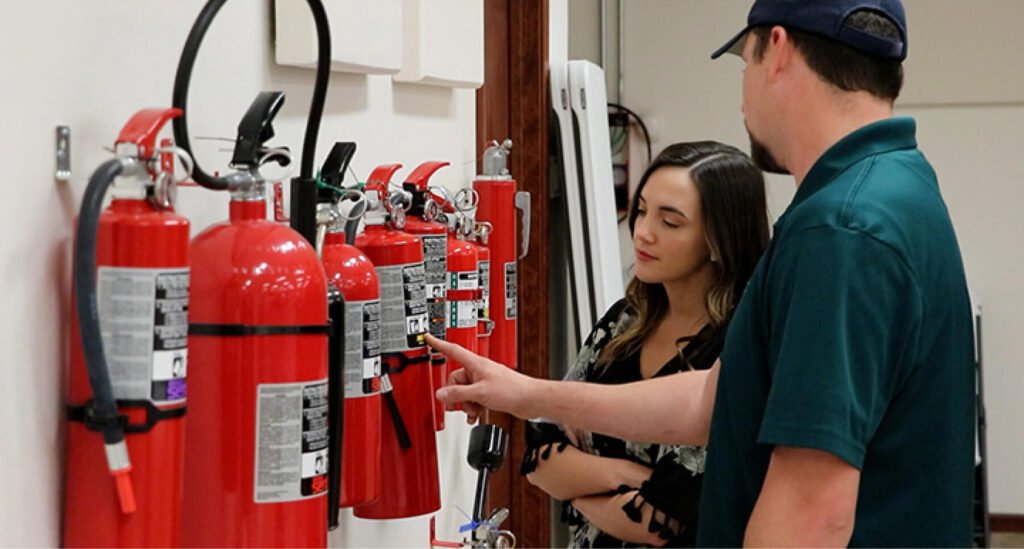The global fire protection equipment market is poised for significant growth, driven by increasing awareness about fire safety regulations and the rising need for safeguarding human lives and property. This blog delves into the market’s dynamics, highlighting key factors propelling the growth, challenges, and future trends.
Market Drivers:
- Regulatory Compliance: Governments worldwide have implemented stringent regulations mandating the installation of fire protection equipment across residential, commercial, and industrial sectors. These regulations are a significant driver for market growth.
- Technological Advancements: The integration of IoT and AI in fire protection systems has enhanced the effectiveness of these systems, leading to increased adoption. Smart fire alarms and automated suppression systems are now becoming a norm, contributing to market expansion.
- Urbanization and Infrastructure Development: The rapid growth in urban areas and infrastructure projects has led to a higher demand for fire protection equipment. As new buildings and facilities are constructed, the need for reliable fire safety systems becomes critical.
Market Restraints:
- High Initial Costs: The installation of advanced fire protection systems involves significant costs, which can be a barrier, especially for small and medium-sized enterprises (SMEs).
- Maintenance and Upgradation Challenges: Fire protection systems require regular maintenance and updates to remain effective. The costs and efforts associated with this can deter some organizations from investing in these systems.
Key Market Insights:
- Product Segmentation: The market is segmented into various products such as fire detection systems, fire suppression systems, and fire analysis software. Among these, fire detection systems hold the largest market share due to their widespread usage across different sectors.
- End-Use Segmentation: The end-use industries include residential, commercial, and industrial sectors. The industrial sector is the largest consumer of fire protection equipment, driven by strict safety regulations in manufacturing and production facilities.



